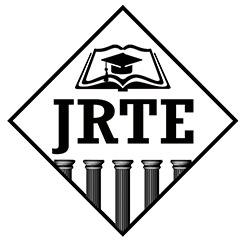Downloads
The primary energy source of Sri Lanka is fossil fuels such as diesel and coal. Sri Lanka used 12.8 million tons of oil equivalent energy in 2020, consisting of 43% of crude oil and finished products, 37% of biomass, 11% of coal, 6% of hydro and 3% of other renewable energy. In the future goal of Sri Lankan energy, it is pledged to follow only renewable energy electricity generation by 2050. Sri Lanka is fortunate with a number of renewable energy resources because of the geographic and climatic settings of the country. The primary renewable resources available in Sri Lanka are Biomass, Hydro, Solar, and Wind power. Of these resources, some of them, such as hydro power, are widely used and already developed to supply the country’s energy demand, while others have the capacity for improvement when the relevant technologies become mature and economically viable for use. Although Sri Lanka is devoted to 100% renewable energy electricity generation, it is a challenge to overcome several technical problems, such as renewable energy mixing difficulties and financial problems for Sri Lanka’s
power sector. Hence, the relevant authorities need to look for positive approaches, solid strategies, new policies and regulations to invest in new renewable energy projects and special incentives to promote it among society and draw consumers toward new renewable energy.
Written by JRTE
ISSN
2714-1837
| M | T | W | T | F | S | S |
|---|---|---|---|---|---|---|
| 1 | 2 | |||||
| 3 | 4 | 5 | 6 | 7 | 8 | 9 |
| 10 | 11 | 12 | 13 | 14 | 15 | 16 |
| 17 | 18 | 19 | 20 | 21 | 22 | 23 |
| 24 | 25 | 26 | 27 | 28 | 29 | 30 |
Our Visitors






 Users Today : 22
Users Today : 22 Total Users : 29411
Total Users : 29411 Views Today : 178
Views Today : 178 Total views : 82908
Total views : 82908 Who's Online : 1
Who's Online : 1 Your IP Address : 18.217.96.88
Your IP Address : 18.217.96.88

